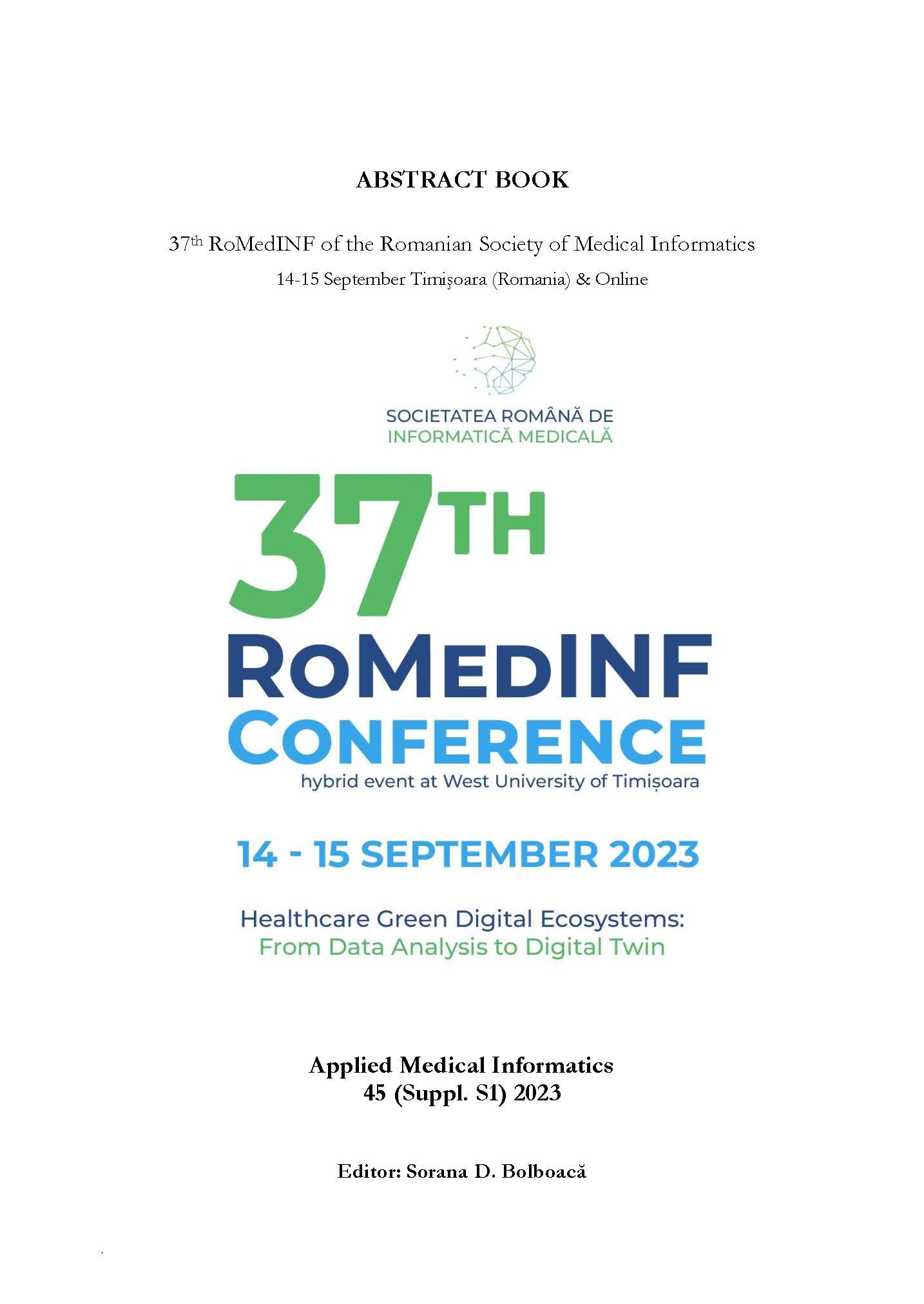Artificial Intelligent Model for Parkinson’s Disease Management
Keywords:
Convolutional Neural Network, Parkinson's disease, Generative Adversarial Networks, Artificial Intelligence, Anomaly Detection, Biomedical monitoringAbstract
Parkinson’s disease (PD) is a chronic, progressive neurodegenerative disease characterized by both motor and non-motor features. The disease has a significant clinical impact on patients, families, and caregivers through its progressive degenerative effects on mobility and muscle control. Therefore, it is important to discuss the early diagnosis of PD to control the disease of PD patients and prolong their life. The primary objective of our research work was the early diagnosis of patients using Artificial Intelligence (AI). To accomplish that, we developed an Artificial Intelligence Model (model) that diagnoses PD using data collected from patient’s walks. This model is represented by a CNN (Convolutional Neural Network) that finds patterns of Parkinson’s disease in the collected data. The data is represented by multiple images (correlation plots) that are generated from raw data collected using a physiograph created by our team. For the model training, we used data from twelve patients and three healthy people that proved the accuracy of our model. To achieve better results from our AI model, we decided to augment our data by using a Generative Adversarial Network (GAN) that we modeled to generate images containing biomechanical information that represents healthy and patient patterns of Parkinson’s disease. After many hours of training and a series of changes applied to the model architecture, the GAN model demonstrated remarkable advancements in its ability to generate high-quality images that are very similar to the real data collected by us from our study group and generates real patterns of Parkinson’s disease represented in the images. The faithful replication of the correlations matrices by our GAN model helps our classification model to learn the Parkinson’s disease symptoms and patterns represented in the correlation matrices we generated. In the future, we want to increase the complexity of the GAN model and train it to generate specific patterns of Parkinson’s disease based on different inputs, to have a more complex generated dataset that will help us to develop future models.
Downloads
Published
How to Cite
Issue
Section
License
Copyright (c) 2023 Radu-Constantin FLEŞAR, Sebastian-Aurelian ŞTEFĂNIGĂ, Paul FARAGO, Robert Radu ILEŞAN

All papers published in Applied Medical Informatics are licensed under a Creative Commons Attribution (CC BY 4.0) International License.

